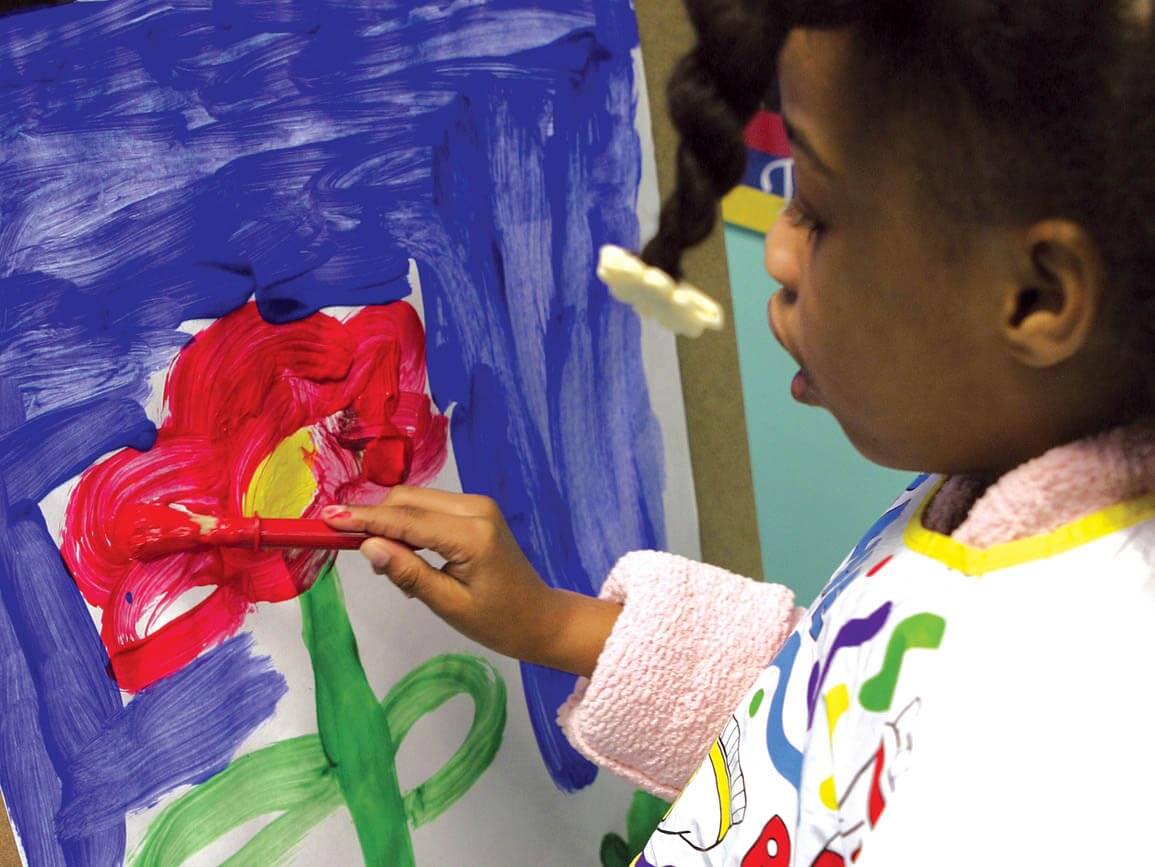If you’re the parent of multiple children, you’ve probably been surprised by how different your children seem. One might be quiet and easygoing, while the other is highly social and passionate. One takes change in stride, while another might need extra time to adjust. These children were raised with the same parents, in the same home environment, and in the same culture, yet they approach life very differently. What gives? Temperament is often the answer.
What is Temperament and Where Does it Come From?
Temperament refers to both our personality traits and responses to life. Psychologists and researchers generally look at five characteristics when considering temperament. These characteristics include:
- Emotional intensity
- Activity level
- Frustration tolerance
- Reaction to new people
- Reaction to change
Each person is born with his or her own unique personality characteristics and temperament. Temperament is not caused by something you did or didn’t do, nor is it a product of culture, although a child’s environment can play a role in how he perceives himself and in how he adapts to life. An understanding of temperament can help parents tailor their approach to their child’s needs. Here’s how:
Adapting Your Parenting Style to Your Child’s Personality
Identify your child’s temperament. Think about your child’s typical behavior. Does she enjoy meeting new people and experiencing new things or does she need a little time to warm up in social situations? Perhaps she falls somewhere in the middle. Does your child seem to feel things deeply, ranging from intense happiness to fierce anger, or is he generally placid? Consider where your child most frequently falls on this chart explaining various temperament types, originating from The Center on the Social and Emotional Foundations for Early Learning (CSEFEL).
Build understanding. Your child dawdles through the day, lingering over every activity, while you enjoy checking things off your to-do list. You and your partner love meeting new people, but your child would prefer to stay home. Frequently, there is a mismatch between a child’s temperament and a parent’s temperament. This mismatch can lead to conflict. Understanding your own temperament and that of your child allows you to step back, gain perspective, and remain patient. Instead of becoming frustrated, you can look for solutions and compromises. For example, you can help an introverted child by offering plenty of advance warning before a new situation, giving details about what to expect and how to respond, and participating in small group activities instead of bigger gatherings when possible. Some parents in this situation find that a compromise works well, e.g., “I know you don’t love parties. Let’s go for 45 minutes and then we’ll come home.”
Keep your needs separate. Another common parenting challenge is that of separating parental needs and temperamental style from that of our children. A parent may believe that a child “needs” lots of social activity, for example, when in fact, the parent desires it. Getting clear on your own parenting style and needs can help you maintain healthy boundaries and see your children as individuals.
Advocate for your child. Our culture tends to reward quiet, submissive behavior. If you have a child with high energy and intense emotion, you’ve probably experienced judgment from well-meaning relatives or friends. Understanding that temperament characteristics are unique and inborn can help take the pressure off, allowing you to see your child’s traits as potential strengths. This puts you in a better place to respond to negative comments in ways that are helpful to your child, e.g., “Yes, she is spirited and independent. She knows exactly what she wants. She’s working on learning to compromise.”
The theories around temperament are merely one tool in the parenting tool box. Knowing about personality characteristics can help you gain greater understanding of your child’s needs and how best to support her growth. It’s important to remember, though, that temperament is just one aspect of a child’s development and experience. Behaviors can be impacted by environment, illness, cultural expectations, and developmental disabilities.
Temperament isn’t always a fixed characteristic. Children with introverted personality traits can learn to become more social. A child with a “quick temper” can learn self-regulation. Use your knowledge of temperament as a tool, but avoid placing labels on your child (e.g., shy, hot-headed, stubborn) that might limit her growth.
More on Parenting:
- Find out where you fit on the parenting spectrum and learn about the factors that impact your child’s development.
- Now that you know your parenting style – how can you ensure that it’s working for you and your child? Discover strategies for improving your parenting approach.
- Family Matters webinar, Positive and Proactive Parenting, provides techniques that will help you fulfill your children's emotional needs, fostering good behavior and minimizing power struggles and temper tantrums.





